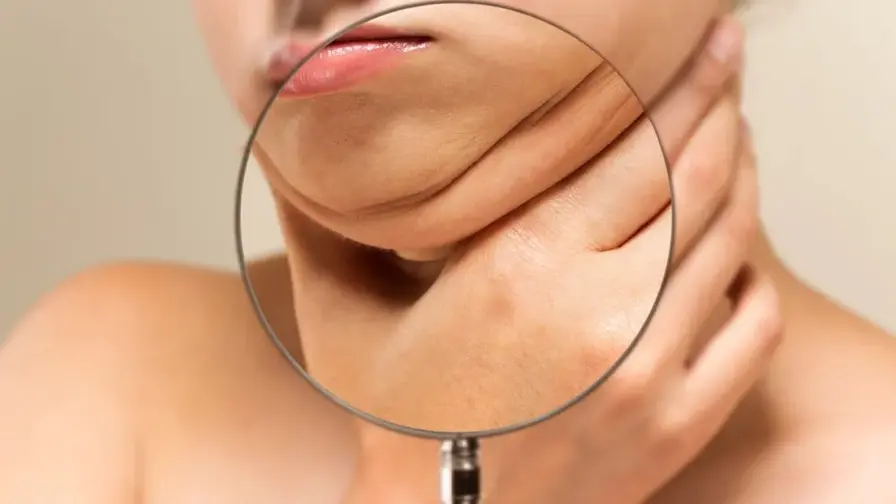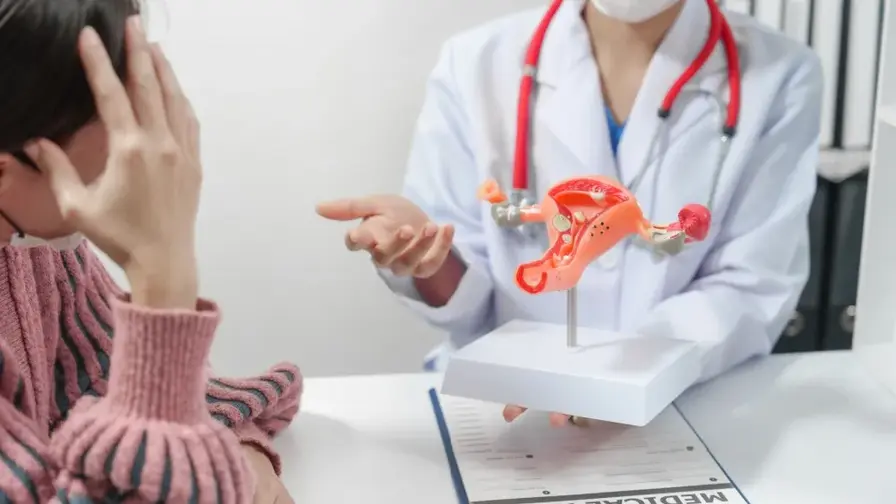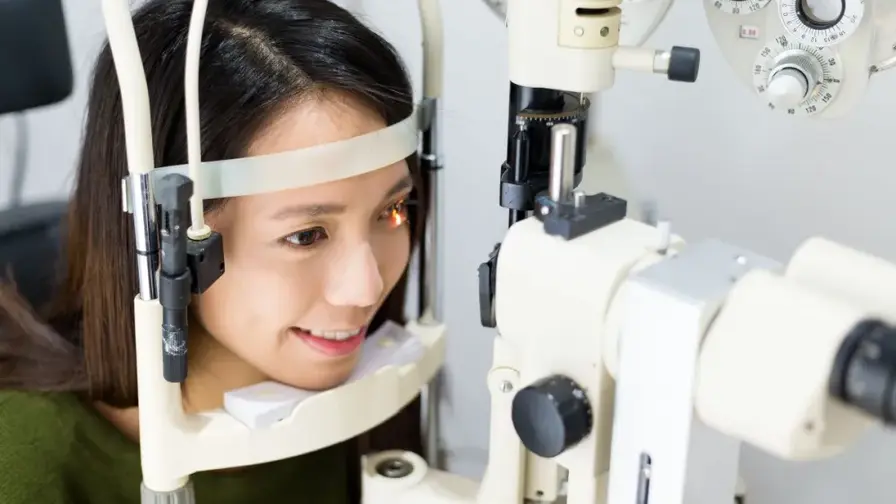Her inner groin was "bigly swollen" and the emergency doctor came! Doctor shocked: "This disease" may be life-threatening if not treated

The emergency doctor discovered that “a big lump” protruded from her lower body was caused by an “inguinal hernia”
If a woman suddenly develops a “large swelling” around her groin, should she be careful that it may be caused by a “hernia”? Dr. Lin Caiyang, the attending physician of the Department of Urology at Chi Mei Hospital, said that there was a 20-year-old young woman in the clinic. In recent weeks, she had discovered a protrusion in her right groin. She occasionally felt a dull pain, but it would disappear when she lay down. If she stood for too long or The pain will be obvious when exerting force.
Since the problem was recurring and causing discomfort in daily life, I was even more concerned about whether it was caused by tumor growth, so I went to the urology department for treatment. Preliminary physical examination revealed that the patient had a suspected “egg-shaped” protrusion in his right groin, which disappeared immediately after lying down. After ultrasound examination, he was diagnosed with inguinal hernia. The patient then underwent “laparoscopic hernia repair”. Since the surgical wound was small and not too painful, the patient could get out of bed that night and was discharged from the hospital the next day to recuperate.
The patient returned for a follow-up visit 1 week after the operation. The surgical wound was inspected and found to be well healed. At the same time, the bulge in the groin had disappeared and there was no discomfort. This finally relieved his worries. Dr. Lin Caiyang pointed out that inguinal hernias are indeed rarer in women than in men. Since inguinal hernias with symptoms but cannot be felt are often difficult to diagnose, they are often ignored.
Can women also suffer from hernia problems? Constipation and love of dancing may be risk factors?
Dr. Lin Caiyang explained that according to statistics, the probability of women suffering from inguinal hernia in their lifetime is about 2%; on the contrary, for men, it is as high as 20%, which is about 10 times that of women. According to the 2021 National Health Insurance Medical Statistics Annual Report, the number of people seeking medical treatment for inguinal hernia was 28,481, of which 2,345 were women, accounting for about 8.23%, and most of them were women over 20 years old (1,651), accounting for 70.40%.
Dr. Lin Caiyang explained that inguinal hernia is relatively rare in women and is more likely to occur due to “family history” or “refractory constipation”. The female’s groin structure contains the “round ligament of the uterus”, which functions to fix the uterus. Once the structures or organs in the abdominal cavity (such as the small intestine) penetrate the abdominal wall through the gap, it will cause a protrusion and cause a “hernia”.
Because the inguinal spermatic cord in women is smaller than that in men, inguinal hernias in women are less common and are less common than inguinal hernias in men. They are caused by frequent lifting of heavy objects or long-term high intra-abdominal pressure. The risk factors for inguinal hernia in women are currently unclear. Specific studies indicate that women with a family history or stubborn constipation will have a higher incidence rate; in addition, behaviors that increase abdominal pressure, such as pregnancy, straining to defecate, dancing, and being overweight Factors such as being heavy or lifting heavy objects can cause the abdominal organs to be easily squeezed out, leading to hernia.
Is hernia life-threatening if left untreated? Doctors reveal “1 surgery” to reduce pain and accelerate recovery
Dr. Lin Caiyang said that regardless of whether women have symptoms of inguinal hernia, “surgical treatment” is generally recommended because women have thicker subcutaneous fat than men and are often “insensitive” to the disease, and the complications of femoral hernia are also higher. It is often discovered during surgery, and nearly half of women will undergo emergency surgery for this reason; without proper treatment, inguinal hernias may develop life-threatening complications, such as intestinal obstruction or gangrene.
Dr. Lin Caiyang explained that surgical methods can be divided into “traditional surgery” or “minimally invasive laparoscopic surgery”, and laparoscopic surgery can be further subdivided into “single-hole” or “three-hole” methods, plus artificial omentum. Immobilization can make the weak point more secure and reduce the recurrence of hernias. The advantages of laparoscopic hernia repair are less surgical trauma, less postoperative pain, faster recovery time, and lower recurrence rate than traditional surgery. However, this type of surgery requires a high degree of technical proficiency on the part of the physician to ensure surgical results and safety.
Finally, Dr. Lin Caiyang reminded that the occurrence of hernia is related to factors such as physical fitness, exercise habits, and living habits. Proper exercise, maintaining healthy eating habits, and avoiding long-term standing or weight-bearing can reduce the risk of hernia. In addition, if someone in the family has had a hernia, they should have regular physical examinations for early detection; if there is an unexplained mass in the abdomen or groin, they should be diagnosed as early as possible and receive appropriate treatment.





